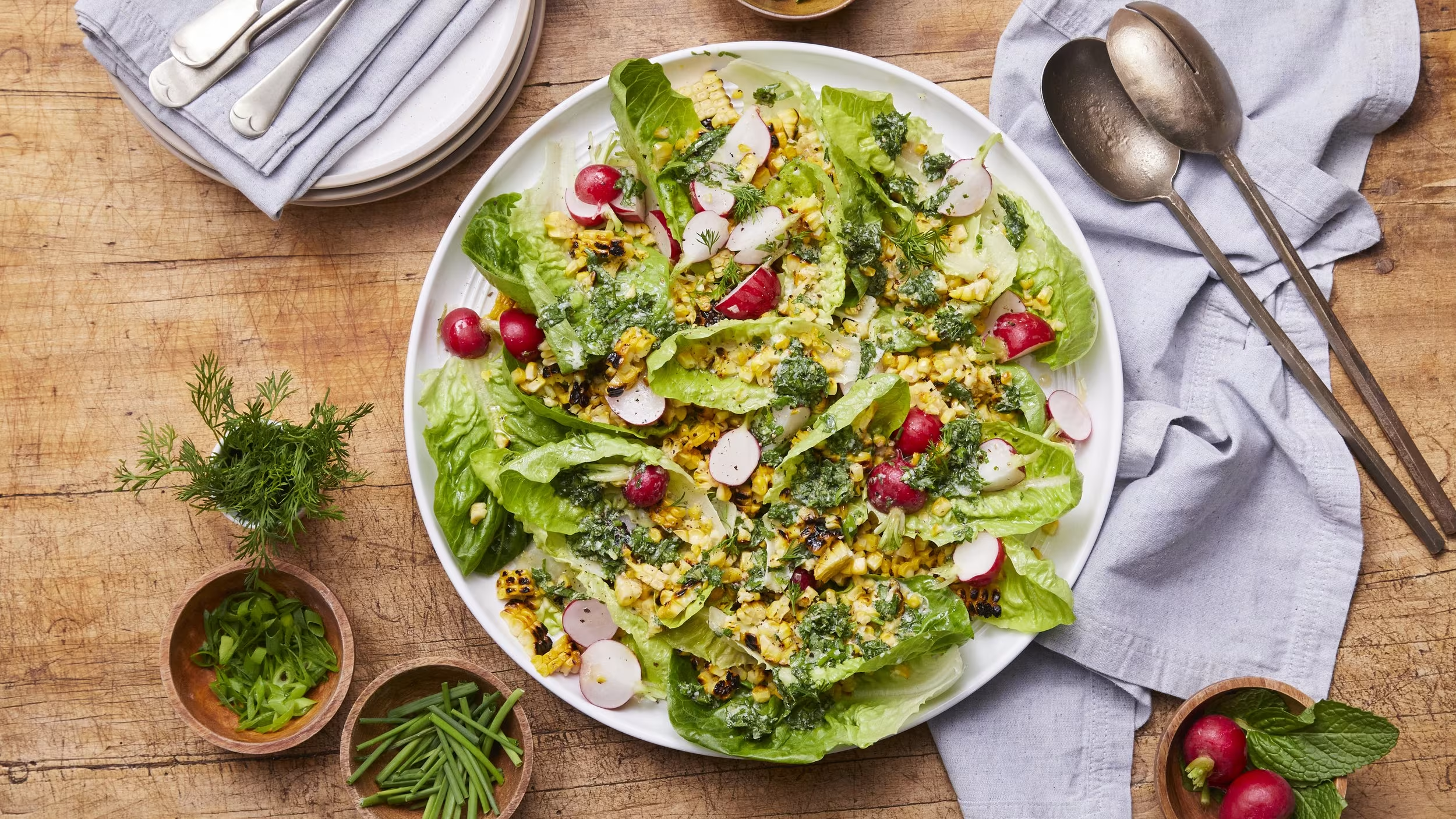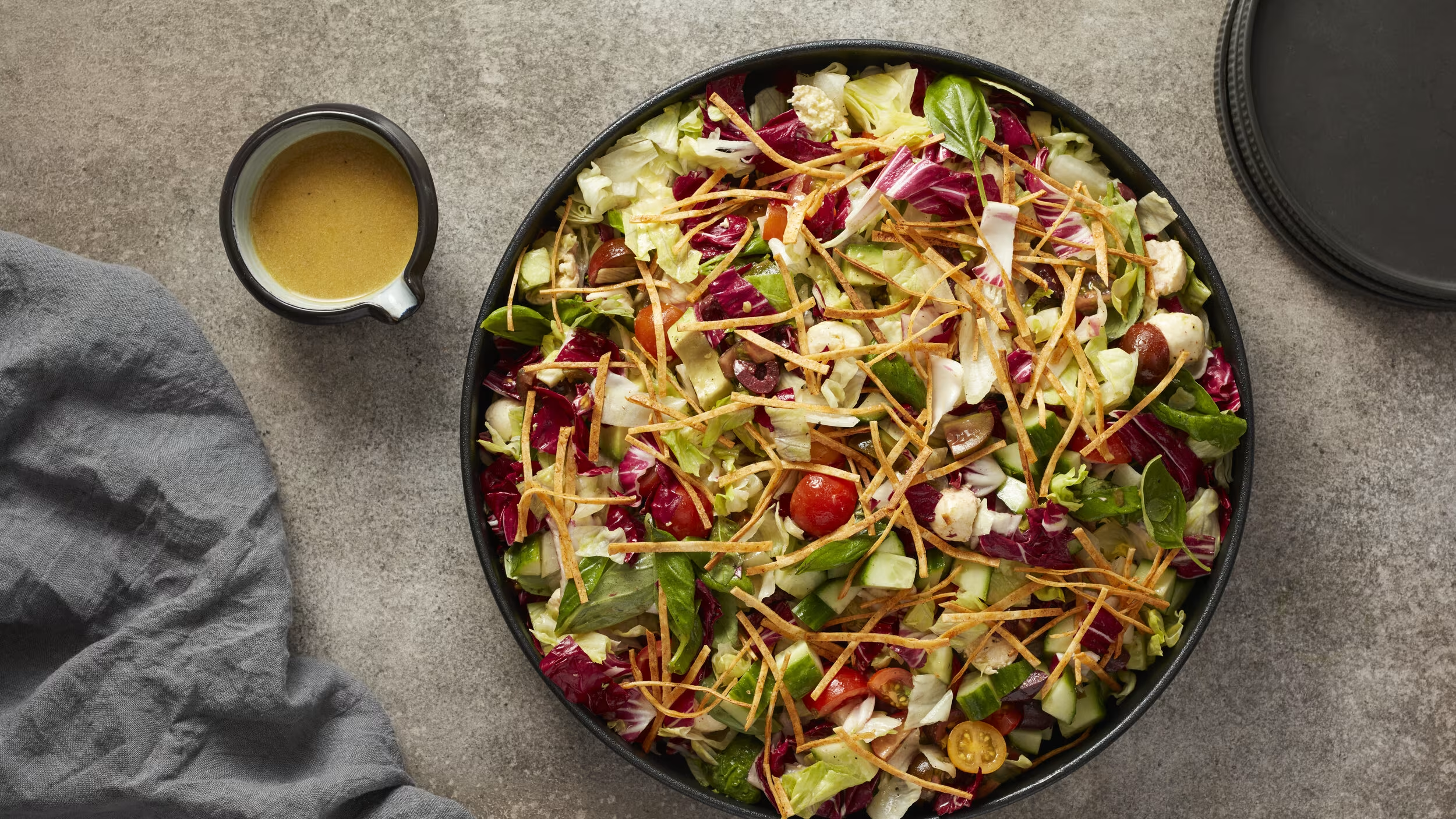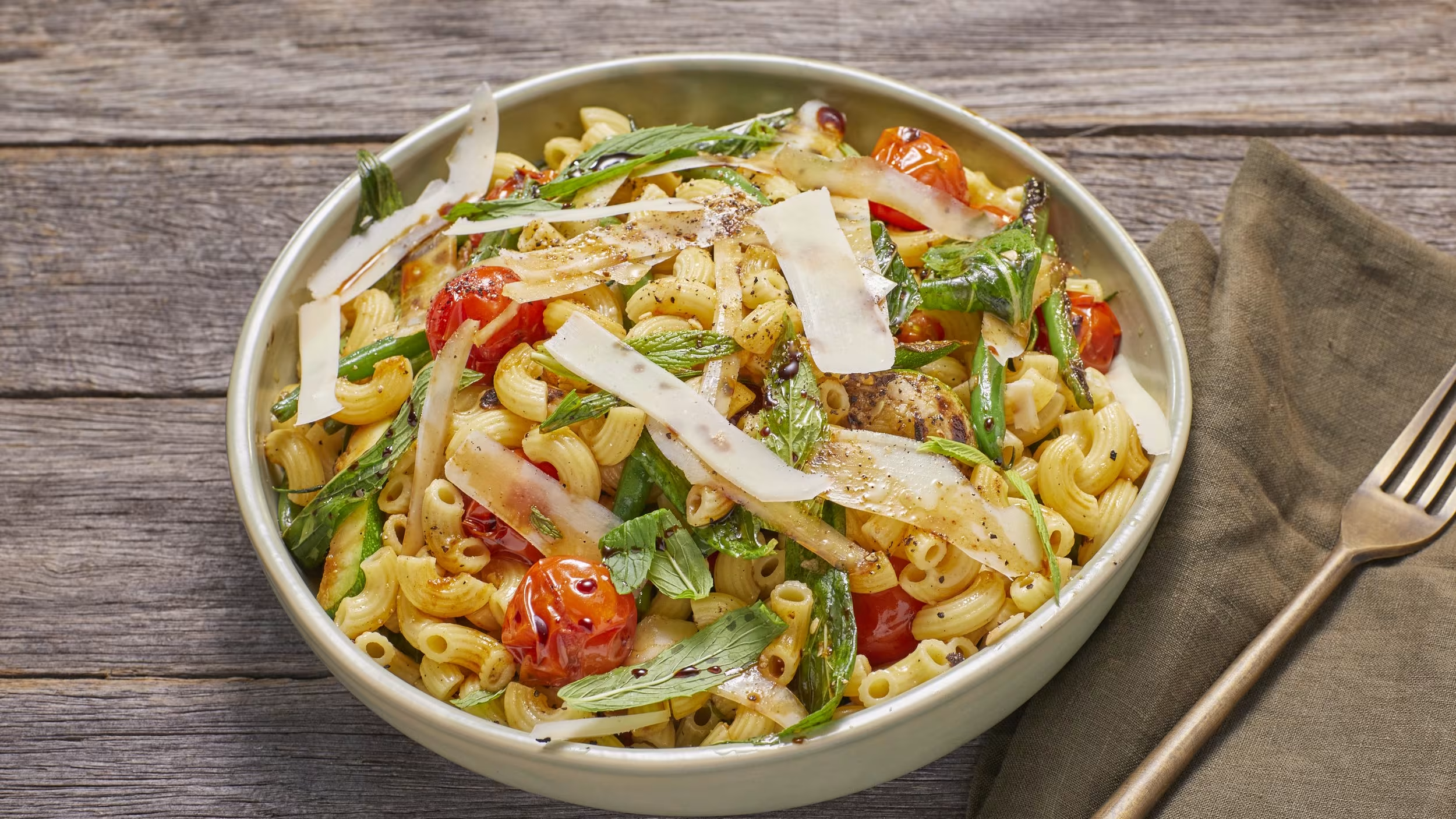
Fresh & Flavorful: 5 Farm to Fork Salad Recipes You’ll Love
Written by Jessica Lopez
Published at 23-12-2023
Edited on 04/01/2025 | 04:49 AM
Salad RecipesCourse: Salad
Cuisine: Farm-to-Table
Difficulty: Easy
Servings
4 servings
Prep Time
15 minutes
Cooking Time
0 minutes
Total Time
15 minutes
Fat
10g
Protein
6g
Carbs
20g
Calories
180 kcal
Welcome to the world of farm to fork salad recipes, where freshness meets flavor in every bite! In an age where we’re becoming more aware of where our food comes from, farm to fork cooking has gained immense popularity. This approach emphasizes using locally sourced, seasonal ingredients that not only taste better but are also better for our planet. Imagine plucking ripe tomatoes from a nearby farm or harvesting crisp greens from your own garden.
That’s the essence of farm to fork—bringing the freshness of the field directly to your plate. Farm to fork salads are not only delicious; they are also a celebration of nature’s bounty. When you choose ingredients that are in season, your salads are bursting with flavor, color, and nutrients. Plus, using local produce supports your community and reduces your carbon footprint.
Whether you’re crafting a vibrant summer salad or a hearty autumn mix, the possibilities are endless. In this blog post, we’ll explore five delightful farm to fork salad recipes that you can easily recreate at home. From tangy vinaigrettes to crunchy toppings, these salads are sure to impress your family and friends. They’re perfect for a light lunch, a side dish at dinner, or even a picnic in the park.
So roll up your sleeves, head to your local farmers' market, and get ready to create some mouthwatering salads that celebrate the farm to fork ethos. Let’s dive into these easy and refreshing recipes that will make your taste buds dance!.


